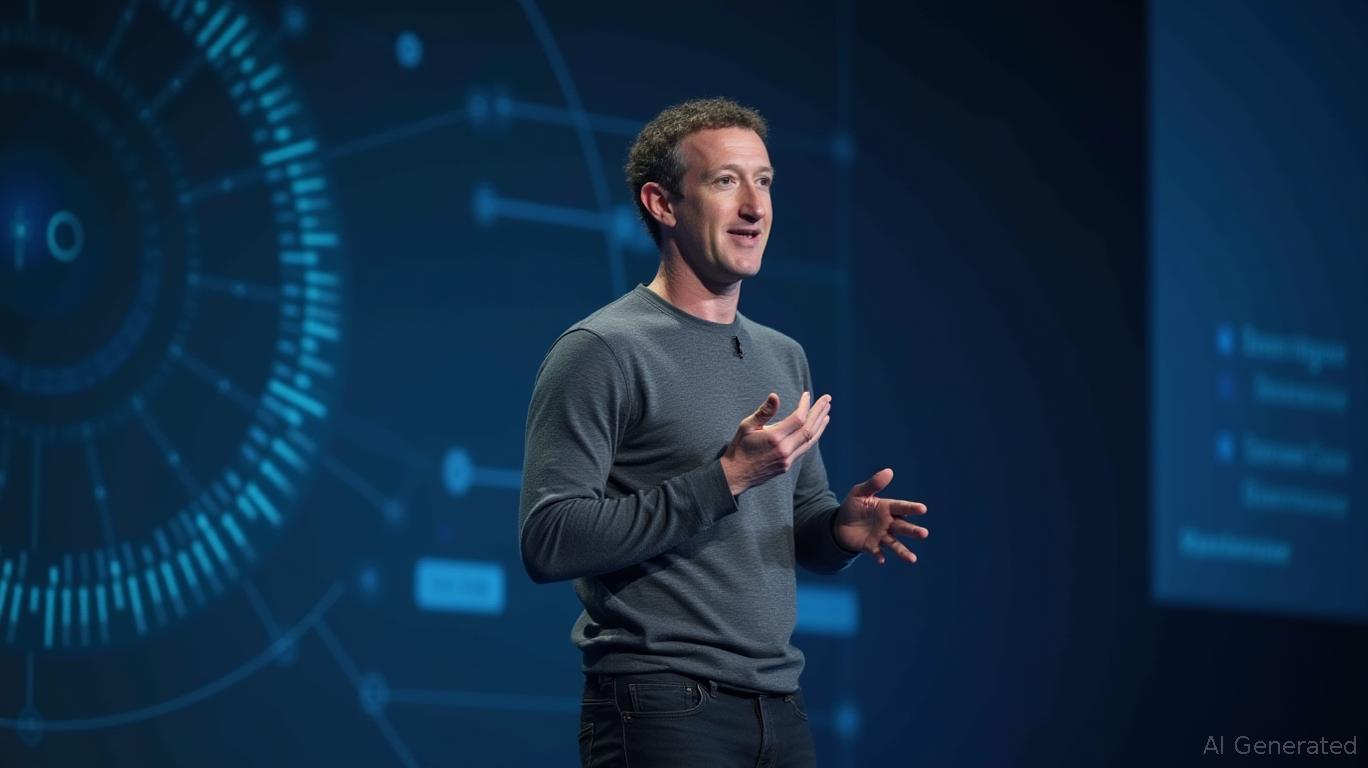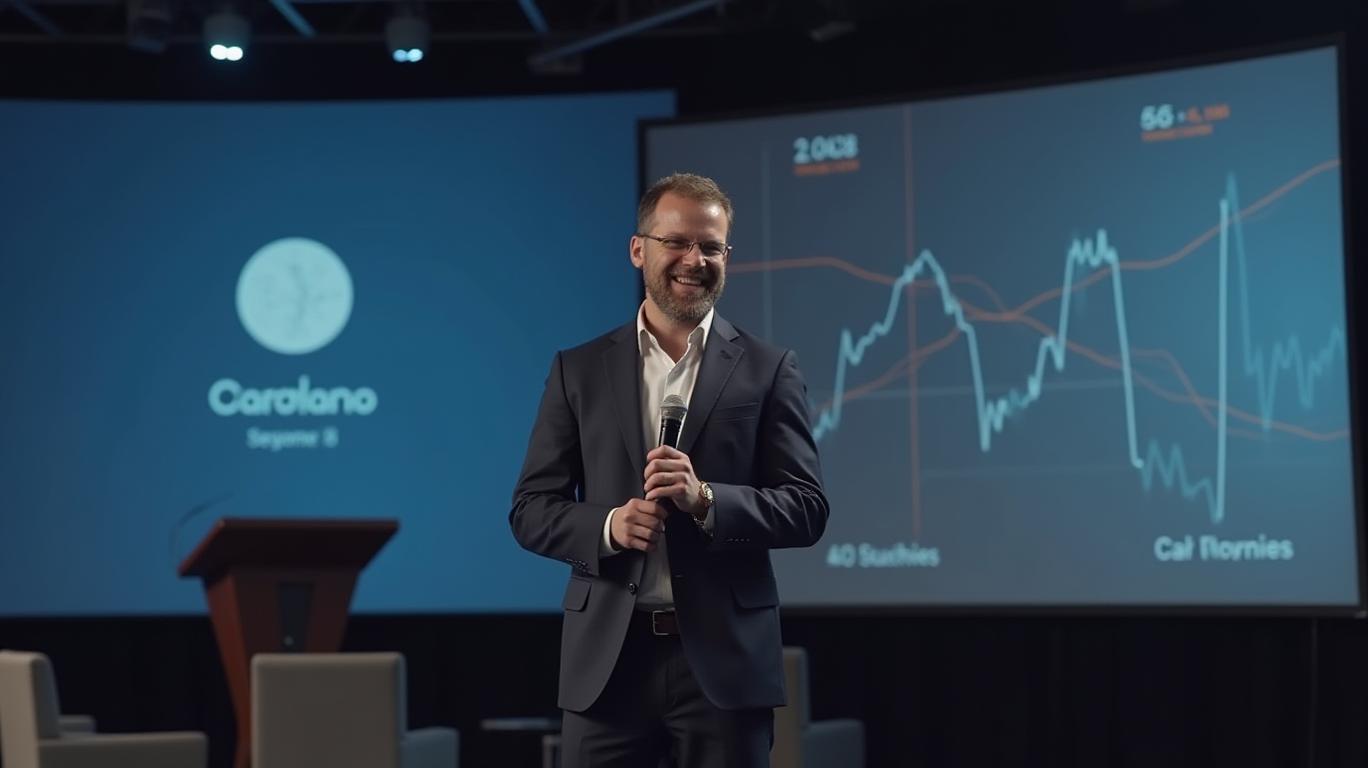Cardano Founder Predicts 15-Year Demise for Ethereum
Charles Hoskinson, a former co-creator of Ethereum and the founder of Cardano, has expressed concerns about the long-term viability of Ethereum. He predicts that Ethereum may not survive the next 10 to 15 years due to fundamental weaknesses in its design and ecosystem. Hoskinson criticized Ethereum’s consensus process, virtual machine, and accounting model, asserting that these flaws could lead to the platform's demise if not addressed.
Hoskinson's remarks come as Ethereum continues to work on scaling through upgrades such as Pectra and Fusaka, aimed at enhancing performance and reducing fees. Despite a 9.3% weekly price increase to $1,743, questions about Ethereum’s future persist. Hoskinson specifically targeted Ethereum’s reliance on layer-2 (L2) solutions, describing them as “parasitic” and claiming that they are draining value from Ethereum’s main chain. He warned that as more users turn to L2 networks like Arbitrum and Optimism for faster and cheaper transactions, the demand for ETH on the main network could diminish, threatening Ethereum’s economic model.
The Ethereum L2 ecosystem has made significant strides with solutions like zk-rollups, which address scalability issues. However, the introduction of L2 native tokens for fee payments and governance has reduced the utility of ETH, raising questions about its role in the ecosystem. Hoskinson likened Ethereum’s trajectory to that of Myspace and Blackberry, tech giants that failed due to competition and poor internal management. He also highlighted potential governance issues within Ethereum, predicting a “hostile governance split” that could fracture the community. In contrast, he pointed to Cardano’s scaling solutions, such as Hydra and the Midnight sidechain, as more sustainable alternatives.
Despite these critiques, Ethereum is not standing still. The Pectra upgrade, planned for early Q2 2025, aims to address scalability issues by increasing the validator set size and transaction efficiency. Later in the year, the Fusaka upgrade will further enhance the network. These updates are part of Ethereum’s strategy to maintain its position as the leading blockchain platform. For instance, the recent Scroll upgrade promises up to 90% lower fees, making it more competitive. However, Hoskinson remains skeptical, urging Ethereum developers to adopt a “telescoping protocol design” similar to Cardano’s Ouroboros-Leios and to consider shifting to the RISC-V instruction set for better efficiency. He criticized Ethereum’s proof-of-stake implementation, stating that technological problems need to be solved.
Despite Hoskinson’s warnings, Ethereum continues to dominate the decentralized finance (DeFi) space. If Ethereum does not address the mentioned issues, Hoskinson predicts that many of its users may migrate to Bitcoin DeFi platforms. The applications of DeFi on Bitcoin, such as the Lightning Network for faster transactions, are gaining popularity. Hoskinson’s comments underscore the ongoing debate about Ethereum’s future and the need for significant structural changes to ensure its long-term survival.











